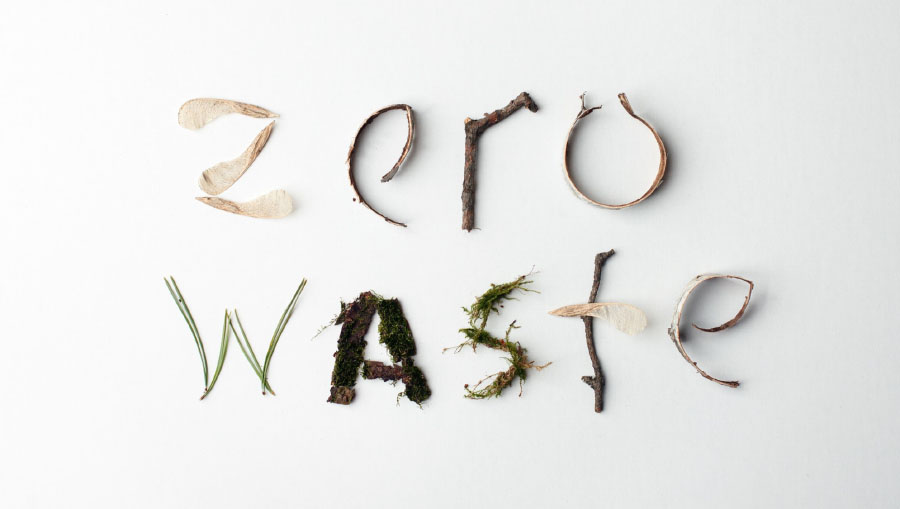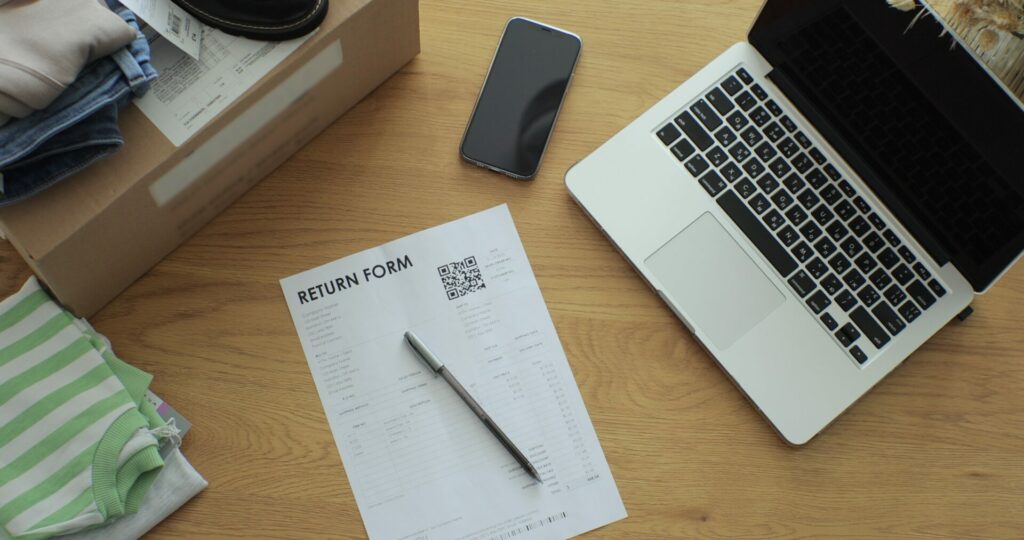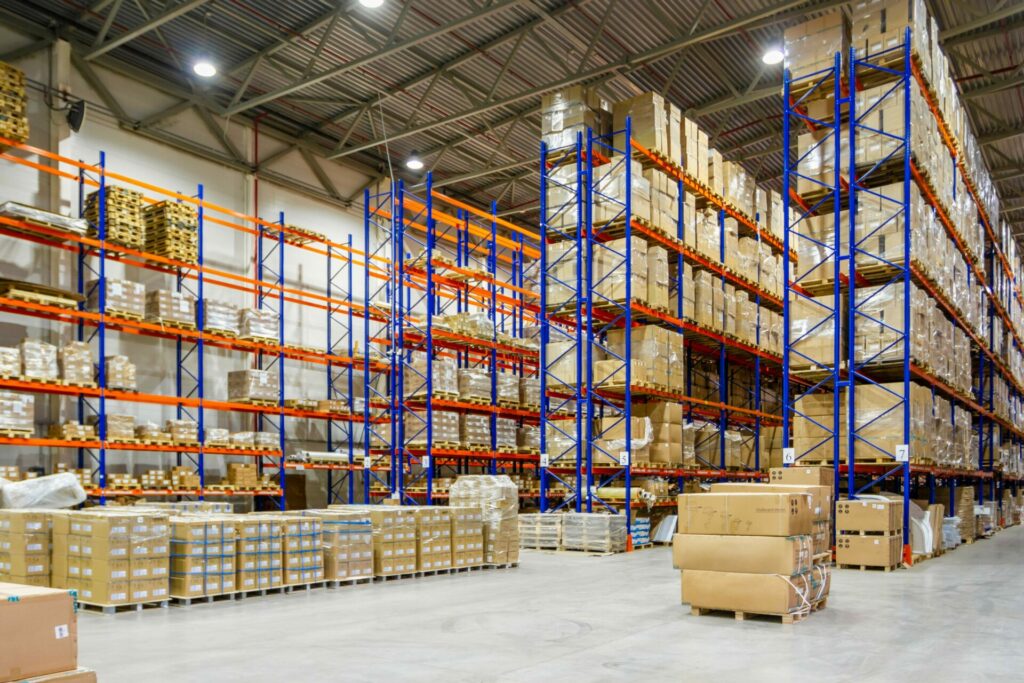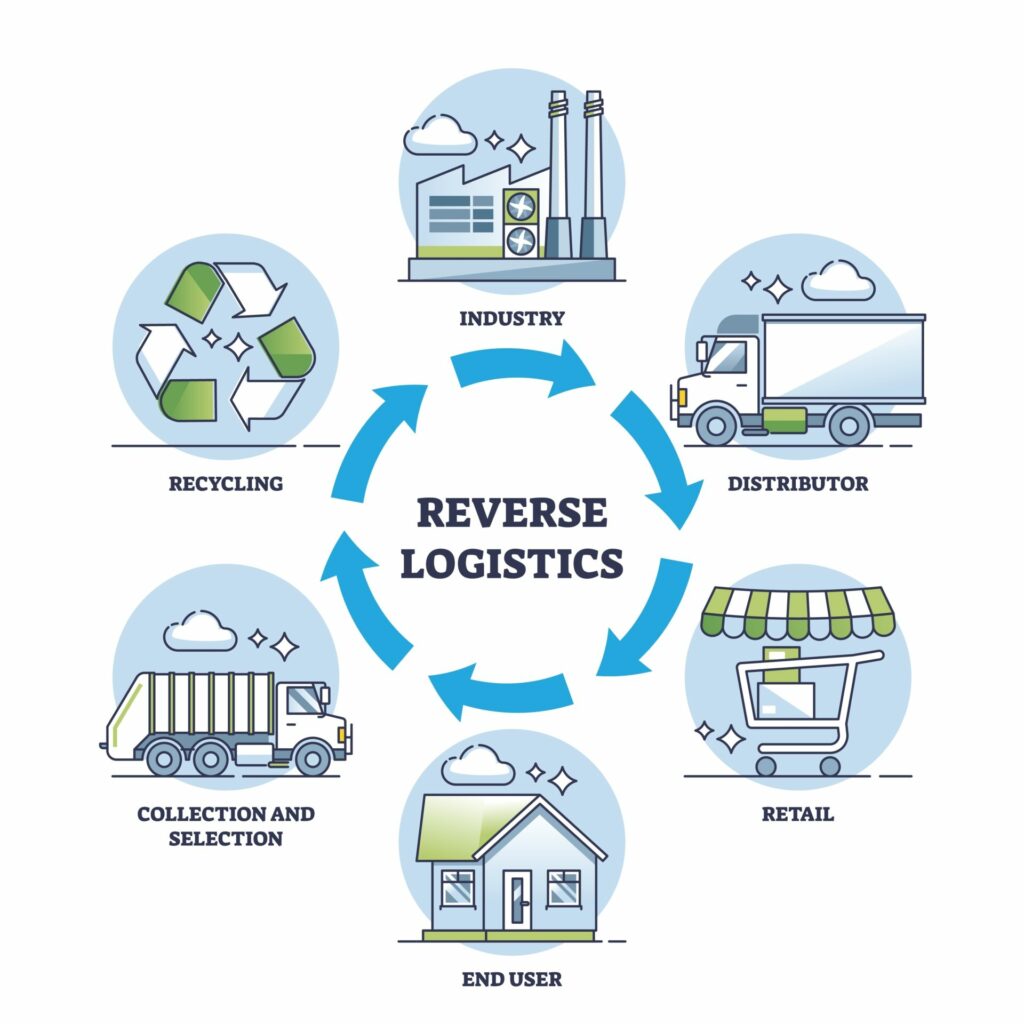It’s safe to say that sustainable packaging has definitely hit the mainstream. Retail titans including L’Oréal, PepsiCo, Unilever, and Walmart, have now committed to using 100% reusable, recyclable or compostable packaging by 2025 – a major step towards creating a more circular economy.
It’s been a long struggle to get to where we are now, with major corporations are finally getting on board with waste reduction initiatives. But there’s also a parallel development that’s muddying the waters; the rise of zero-waste packaging initiatives.
With many consumers and brands now using these terms interchangeably, this has created a lot of confusion. Is zero-waste packaging a form of sustainable packaging? Or is any form of packaging that’s not zero-waste not really sustainable?
This debate opens up a real can of worms – and not everyone agrees on the answer.
What does it mean to be sustainable?
Put simply, this all comes down to how you interpret the meaning of ‘sustainable’. For example, we consider paper and cardboard to be sustainable materials because they come from natural sources and have the ability to be recycled.
Yet this raises a lot of mitigating questions. Under what circumstances were the trees grown and harvested? Did these activities benefit local communities? Was the paper and cardboard manufactured in an energy-efficient way?
Depending on the answers, that cardboard box might not be as great for the planet as you think.
This is complicated by the fact that ‘sustainable’ has no technical definition. More often than not, it’s a consensus that’s arrived at through a mixture of popular opinion and clever marketing. ‘Recycled plastic’ is used by some businesses as a key selling point – despite knowing that plastic is bad for the environment.
So, it’s not surprising that conscious consumers have hitched their buying habits to a new bandwagon. The zero-waste movement aims to minimize environmental impact by using materials that can be reused or are designed to biodegrade within a short timeframe. In short, nothing should be left behind for future generations to deal with.
Zero-waste: Too good to be true?

It’s not hard to see why zero-waste packing is such an appealing concept to consumers. The premise is simple and easy to understand, without the ambiguity that the word ‘sustainability’ often draws. But zero-waste packaging does have its own drawbacks, which the following story illustrates all too well.
I was in a coffee shop branch recently where I was pleased to see that my disposable coffee cup had the words ‘compostable’ printed on the bottom. But here’s the catch; when I went to throw it away, I noticed that the only trash bins available were for general waste – all of which were overflowing with ‘compostable’ cups and other trash.
I went on the chain’s website to see whether I could find any information on their so-called ‘green’ coffee cups. Nada. Upon messaging the live chat, I was told breezily by a customer service representative that they ‘weren’t quite sure’ what the sorting and disposal process was, but assured they would get back to me with an answer.
Spoiler: They never did.
In short, zero-waste packaging can be just as cosmetic a strategy as sustainable packaging. Unless the business has a process to ensure that packaging is sorted and disposed of correctly, it (ironically) becomes waste.
The trouble is creating an end-to-end management process for used packaging, zero waste or not, is a lot more work than buying the packaging. Many businesses simply don’t make room within their supply chain to handle this end stage, which is why the buck continues to stop with consumers.
When customers keep bearing the brunt of poorly thought-out green initiatives, it’s no wonder that just one-fifth of consumers trust a brand’s sustainability claims.
Consumer skepticism is one reason why we’re seeing both emerging and existing brands take things one step further; by designing products or store concepts that require no packaging at all.

If you want to know about the power of zero-waste, you don’t need to look any further than the brand that was one of the first to pioneer it.
Lush Cosmetics was founded on the principle that packaging is not only bad for the environment but also makes it harder for customers to interact with products. This means a higher likelihood of someone making the wrong purchasing decision, which creates more waste and dissatisfaction in the shopping process.
Instead, Lush chose to take its products out of boxes and containers, using tables and barrels to create engaging, colorful product displays that pull customers into the store – and into conversation with helpful floor staff.
“We went back to basics at the start of Lush.” Says Lush founder Mark Constantine. “We stripped away the packaging and we put larger numbers of highly knowledgeable staff on the shop floor, to bring back the art of conversation and specialized service.”

Efforts to eliminate packaging have also given birth to entirely new classes of products that may not have existed otherwise. Lindsay McCormick, the CEO and founder of Bite Toothpaste Bits, was driven by a desire to rid the market of conventional toothpaste tubes that are difficult to recycle. Bite’s chewable toothpaste tablets have all the ingredients that consumers need to keep their teeth healthy – without the environmental impact.
Furthermore, the unit-based nature of the product allowed the brand to add an entirely new revenue stream via their ‘Fresh Mint Club’ subscription, which ensures that customers always have a ready supply of tablets so they can ‘ditch the tube for good.’
So, what is the real difference between sustainable and packaging and zero-waste packaging?
When badly executed, nothing at all. But when zero-waste packaging is taken as a serious commitment, this opens the door to retail innovations that give brands a serious competitive edge in the marketplace. The businesses above are great examples of how sticking to brand values can breed some amazing creativity by thinking outside the box (no pun intended).
Our takeaway? Don’t think about packaging just as packaging; it’s a powerful brand tool that could inspire new opportunities for your business.




